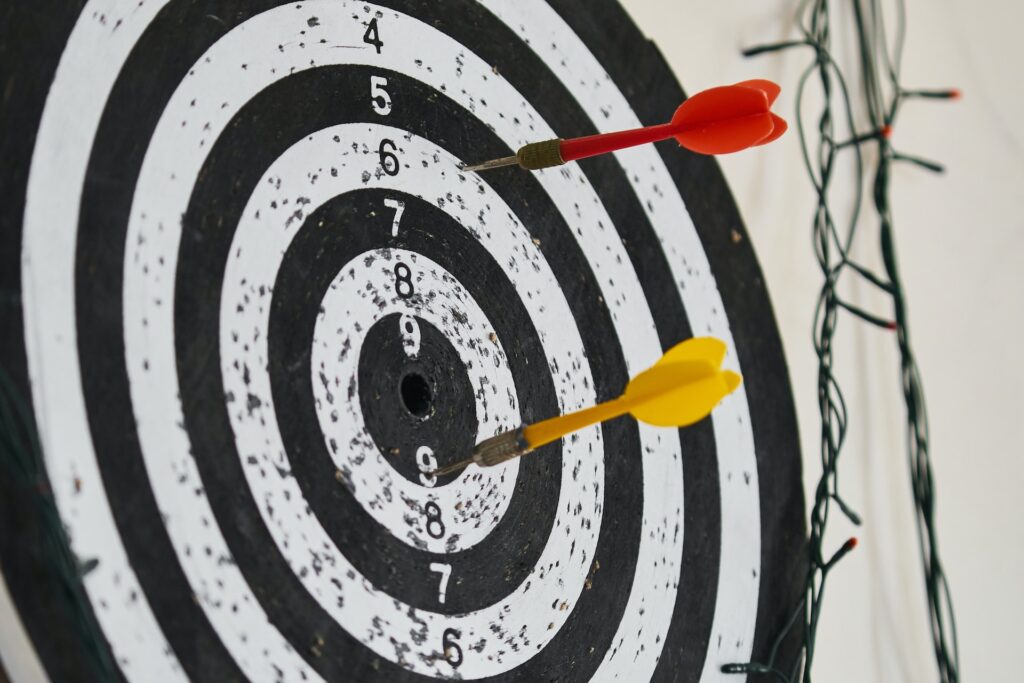
Unlock Your Business Potential: Goal-Setting for Your CRO Strategy
You’re fired up and ready to kick your Conversion Rate Optimization (CRO) strategy into high gear. But hold up—before you dive headfirst into the deep end, remember that any strategy, no matter how innovative or promising it seems, is nothing without clear and measurable goals. Without them, it’s like you’re wandering aimlessly in a forest without a compass—you might eventually stumble upon your destination, but it’s not the most efficient or effective way to get there.
In the realm of CRO, well-defined goals act as your roadmap, guiding you through the process, helping you stay focused, and preventing you from getting sidetracked by unnecessary distractions. They also provide a solid foundation for measuring your success and identifying areas for improvement.
So, let’s talk about how to establish clear and measurable goals for your CRO strategy, shall we? No, this isn’t some high-level, theoretical musing about goal-setting. It’s a practical, hands-on guide packed with tips and insights that you can start applying right away. Whether you’re a seasoned CRO pro or just getting started, there’s something here for you.
Establishing Clear and Measurable Goals for Your CRO Strategy
To develop an effective CRO strategy, you must first establish clear and measurable objectives. These goals should align with your overall business objectives and provide a focused approach for your optimization efforts. Consider the following steps for setting conversion rate optimization goals:
- Define your primary and secondary conversion objectives, such as sales, leads, email sign-ups, or resource downloads.
- Establish key performance indicators (KPIs) that align with your conversion objectives, allowing you to measure your progress and success over time.
- Set specific and achievable targets for each KPI, providing a clear benchmark for your optimization efforts.
- Regularly evaluate your progress towards these goals, adjusting your strategy as needed.
Optimizing Website Load Times and Performance
Website performance plays a crucial role in user experience and conversion rates. Fast-loading websites retain user engagement and contribute to higher search engine rankings. Follow these guidelines to optimize your website’s load times and performance:
- Compress images, videos, and other media files to reduce their size without compromising quality.
- Minify CSS, JavaScript, and HTML code to eliminate unnecessary characters, whitespace, and comments, resulting in faster load times.
- Implement a content delivery network (CDN) to serve your website’s content from servers closer to users, reducing latency and improving load times.
- Use browser caching for static files to expedite rendering on subsequent visits, especially for returning users.
Creating Mobile-Friendly Experiences for Increased Conversions
With the growing use of mobile devices for browsing and online shopping, optimizing your website for mobile users is paramount. Implement the following recommendations to create mobile-friendly experiences that drive conversions:
- Adopt a responsive website design approach that adapts your site’s layout to fit various screen sizes and resolutions.
- Optimize your website’s navigation, menu structures, and CTAs for mobile devices, ensuring easy interaction with touchscreen interfaces.
- Adjust font sizes, line heights, and button placements to promote readability and ease of use on mobile screens.
- Use mobile-specific features, such as click-to-call buttons and location-based content, to offer a personalized and convenient user experience.
Leveraging Emotional Triggers to Persuade Users to Convert
Utilizing emotional triggers in your content, messaging, and design can help influence user decision-making and enhance your CRO efforts. Consider these guidelines for leveraging emotional triggers on your website:
- Focus on the benefits of your products and services, highlighting how they can address users’ needs, desires, or pain points.
- Use persuasive language and storytelling techniques to connect with your audience and elicit emotions related to your brand.
- Incorporate emotional design elements like images, colors, and typography to evoke feelings that align with your desired objectives.
- Test different emotional triggers in your content and messaging through A/B testing, determining the most effective approaches for your target audience.
Transforming Your Digital Marketing Strategy with Effective Lead Generation
Conversion Rate Optimization is an invaluable process that empowers businesses to maximize their website’s performance, generating more leads, sales, and overall results. By focusing on goal-setting, website performance optimization, mobile-friendly design, and leveraging emotional triggers, you can transform your website into a powerful conversion tool that drives long-term growth.
Decisive Design is committed to guiding you through the world of Conversion Rate Optimization, offering insights and full-service marketing strategies that elevate your website’s performance and deliver tangible outcomes. Embrace the power of CRO and transform your website into a well-performing catalyst that supports your business’s success in the competitive digital landscape.